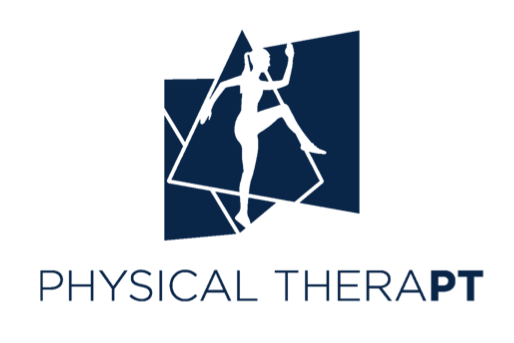Sports massage is a specialized therapy designed to cater to athletes and active individuals. It offers a range of benefits from enhancing performance to improving overall well-being. Here are five reasons why you should consider incorporating sports massage into your routine:
1. Increased Flexibility and Freedom of Movement
Flexibility is key to optimal performance in many sports. Techniques used in sports massage work to stretch and lengthen the muscles, break down adhesions, and improve elasticity. In addition to an increasing flexibility, these techniques also free up restrictions within normal range of motion. These benefits can help your muscles and joints function optimally, giving you a competitive edge.
2. Accelerated Recovery and Reduced Muscle Soreness
One of the primary benefits of sports massage is its ability to speed up the recovery process. After intense physical activity, muscles often experience micro-tears, leading to soreness and stiffness. Sports massage promotes the flow of oxygen and nutrients to the affected areas, facilitating faster repair and reducing delayed onset muscle soreness (DOMS). By helping your muscles recover more quickly, sports massage allows you to return to your training regimen sooner and with less discomfort. This accelerated recovery is essential for athletes who need to maintain a rigorous training schedule without prolonged downtime.
3. Relief from Chronic Pain
The very nature of sport is to perform the same actions over and over and, as such, many athletes suffer from chronic pain due to repetitive use injuries. Focusing on the root causes of pain and addressing muscle tightness, trigger points, and adhesions, sports massage helps to reduce chronic pain from these injuries. This reduction in pain combined with an increase in circulation from the massage itself encourages healing, leading to increased performance.
4. Injury Prevention
Preventing injuries is crucial for anyone engaged in regular physical activity. Sports massage helps to maintain optimal muscle function by addressing muscle imbalances and tightness. These issues can lead to strain or overuse injuries if left unaddressed. Sports massage also enhances proprioception, or body awareness, which can improve coordination and balance. Regular sports massage sessions ensure that your muscles remain flexible and responsive, reducing the risk of strains, sprains, and other common sports injuries.
5. Improved Mental Focus and Relaxation
Physical performance is closely linked to mental well-being. The relaxing and stress-relieving effects of sports massage can help to calm your mind, improve your focus, and boost your overall mood. This mental clarity and relaxation can help you concentrate, translating into better performance and a more enjoyable training experience. Improved mental focus means you can strategize and perform with greater efficiency, making sports massage a valuable tool for both physical and mental improvement.
Incorporating sports massage into your routine offers a wide range of benefits that can elevate your athletic performance, promote recovery from and prevention of injuries, and bolster your mental well-being. The techniques used in sports massage are designed to target the specific needs of athletes and active individuals, ensuring maximum benefit from each session.
Whether you’re a seasoned athlete or someone who enjoys regular physical activity, sports massage is a valuable addition to your wellness routine. Experience the transformative effects of sports massage by scheduling a session with our experienced massage therapist.
As Physical TherapPT’s in-house massage therapist, Jamison helps to expertly deliver comprehensive care to our patients and athletes. His area of expertise includes: range of motion assessment, postural analysis, trigger point treatment, and manual therapy for injury prevention.
Jamison is currently accepting new clients.
To learn more, check out these articles:
American Massage Therapy Association. (2011) Position Statement on Massage Therapy for Those Who Exercise. Retrieved from https://www.amtamassage.org/about/position-statements/massage-therapy-for-those-who-exercise/
Kargarfard, M., Lam, E. T. C., Shariat, A., Shaw, I., Shaw, B. S., & Tamrin, S. B. M. (2015). Efficacy of massage on muscle soreness, perceived recovery, physiological restoration and physical performance in male bodybuilders. Journal of Sports Sciences, 34(10), 959–965. https://doi.org/10.1080/02640414.2015.1081264
Lee, J., Crosman, B.S. Chateauvert, S.R., Hateauvert, J.W. (1984). The Effects of Massage to the Hamstring Muscle Group on Range of Motion. Journal of Orthopaedic & Sports Physical Therapy, 6(3) 163-208. https://www.jospt.org/doi/epdf/10.2519/jospt.1984.6.3.168
Aeini, Maryam. (2022). Effect of Massage on Fatigue and Mood in Female Rowers. Humanistic Approach to Sport and Exercise Studies (HASES). 2. 10.52547/hases.2.2.7.













